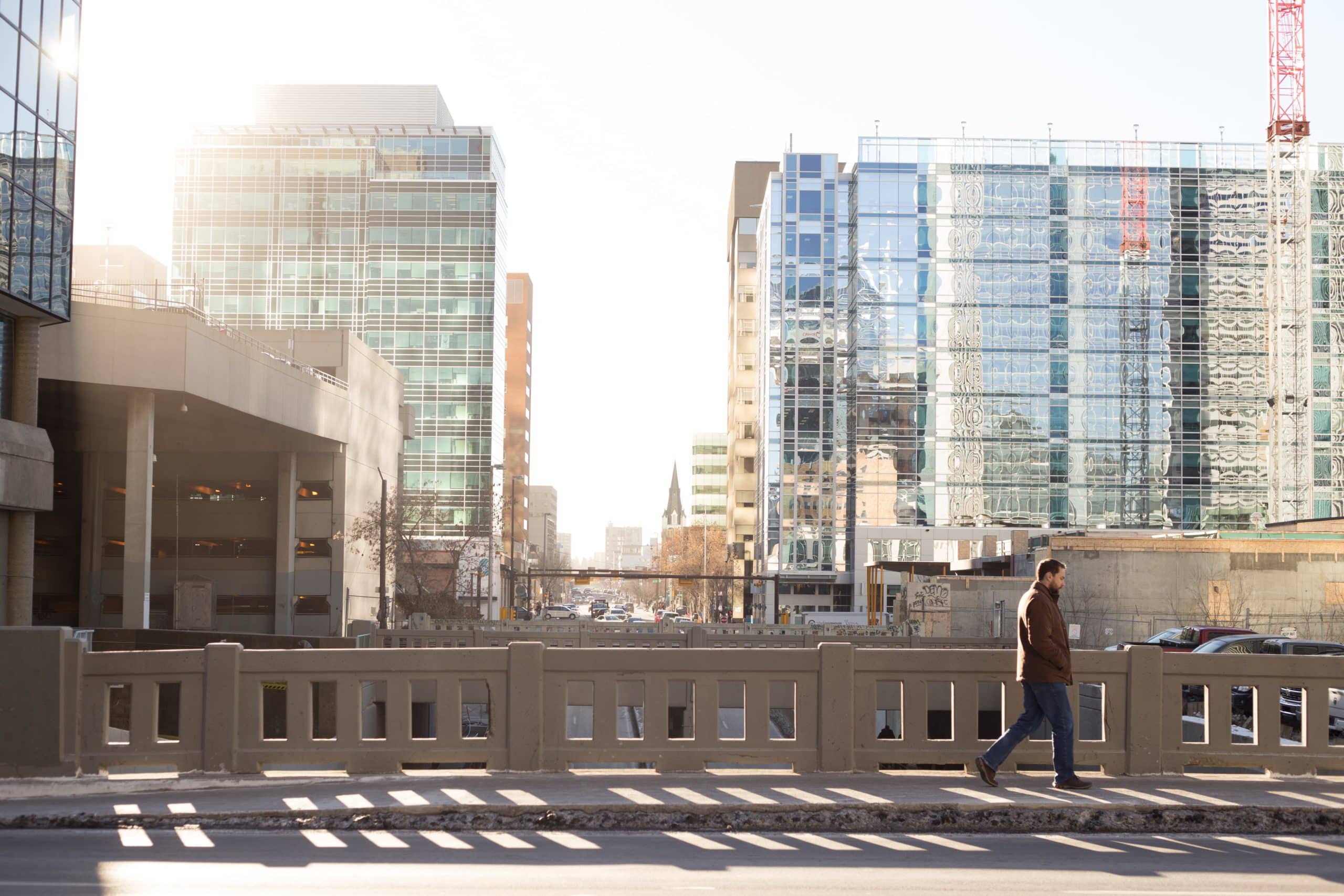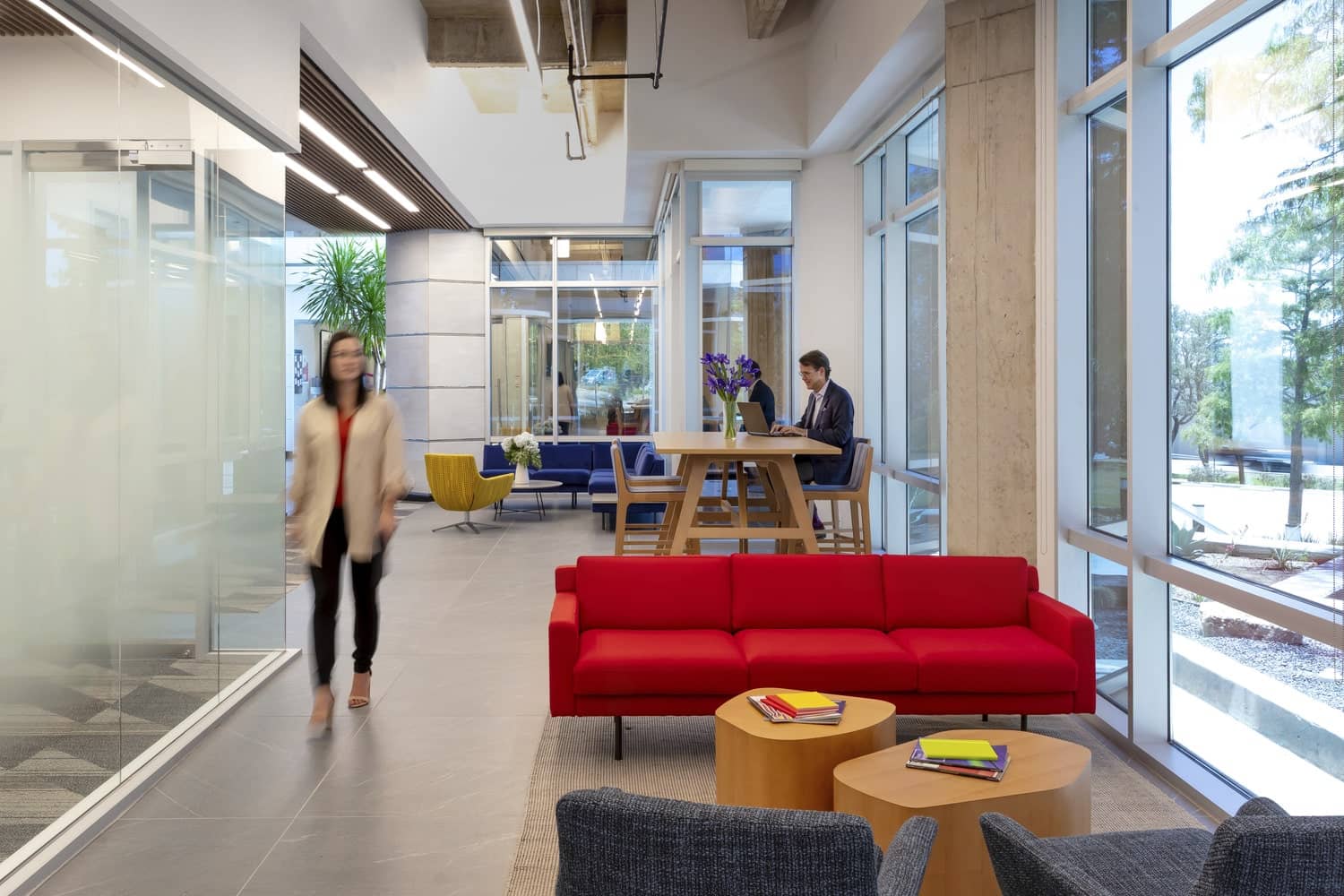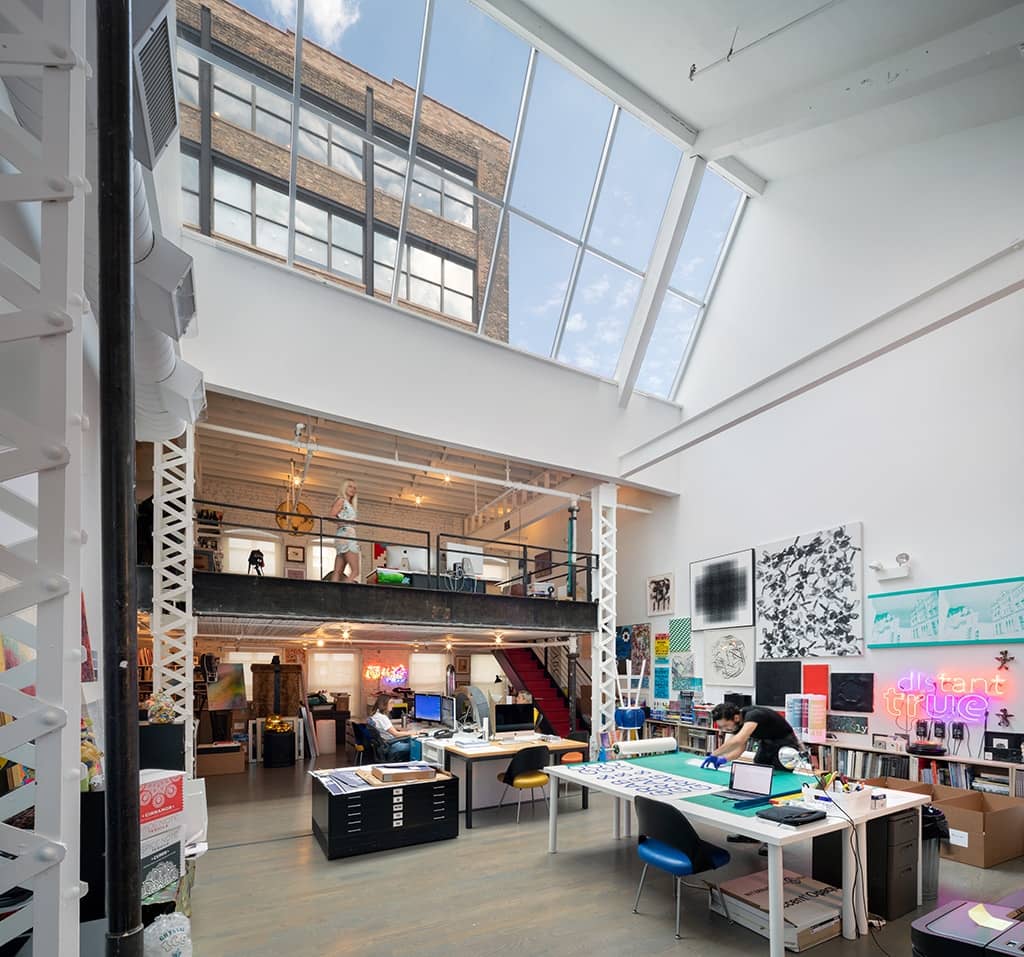According to RCA & Walk Score Commercial Property Price Indices, prices for properties located in urban cores with high Walk Scores have increased 125% over the past decade, while their less-walkable and car-dependent counterparts increased by 20% during the same time period. In high Walk Score suburban hubs, prices were up 43%, based on the same RCA study.
While COVID-19 may have temporarily restricted or closed some restaurants and entertainment venues, the desirability of walkable living and office space had been on an upward trend for the last decade. It is anticipated that this trend will continue to gain popularity as restaurants and entertainment venues reopen.
What is Walk Score?
Walk Score is a dedicated metric that measures on a 0 – 100 point scale how pedestrian-friendly a property is to everyday destinations such as public transit, grocery stores, schools, parks, dining, and retail. The higher the score, the more walkable it is.
In February 2020 Redfin issued its “Top 10 Most Walkable U.S. Cities of 2020” based on Walk Scores:
- New York (88)
- San Francisco (87)
- Boston (82)
- Philadelphia (79)
- Miami (78)
- Chicago (77)
- Washington, D.C. (76)
- Seattle (74)
- Oakland (74)
- Long Beach (72)
It is interesting to note that many of these cities are home to several Fortune 500 companies. Fortune 500 companies purposefully pick walkable locations to maximize client and business opportunities, build brand identity and company culture, centralize operations, and attract talented workers. In fact, over 195 Fortune 500 companies are headquartered in one of Redfin’s top walkable cities for 2020.
Millennials—which account for nearly 50% of the global workforce and thus hold a lot of power in how and where companies operate—are key drivers behind the demand for “live, work, play” hubs. They are characteristically more environmentally conscious, sociable, entrepreneurial, and aware of mental and physical health, traits of high Walk Score destinations. It has also been estimated that residents who reside in a walkable neighborhood weigh 6-10 pounds less than those in low Walk Sore areas.
Walkability doesn’t necessarily mean downtown. There’s already been a notable shift toward what some call “urban nodes” that will only continue to gain traction in years to come as Americans increasingly seek homes in places that are highly connected and accessible—without the heavy price tag and congestion of a downtown. To achieve this, walkable suburb plans incorporate principles that are synonymous with classic urban cores, including density, connectivity, strategic use of parking, and embracing climate/seasons.
Walkability and CRE
From a commercial real estate standpoint, higher Walk Scores directly translate to higher rents, occupancies, income potential, and overall economic resiliency. Looking at office specifically, rental rates have increased in all 30 of the largest metros between 2010 and 2015 and consistently report higher leasing stats over drivable areas. Stepping outside of the CBD into the suburbs, the increased interest in mixed-use developments is also indicative of the value of walkability beyond the urban core.
KBS has a long-standing strategy of acquiring assets in top markets and has amassed a portfolio with multiple properties boasting high Walk/Transit/Bike scores. In addition to the Walk Score, Transit Scores and Bike Scores are also key indicators of a property’s accessibility. A Transit Score measures, on a scale of 0-100, how well a located a property is to public transportation and the “usefulness” of nearby routes for trains, ferries, buses, cable cars, etc. Additionally, the Bike Score of a property is indicative of the availability of bike lanes, hilliness, road connections, and nearby amenities for local bikers.
For example, the Meier & Frank Building is one of Downtown Portland’s most notable buildings and encompasses an entire city block across from the vibrant Pioneer Square and the highly successful Pioneer Place Mall. It is the epitome of a walker’s paradise with a 99 Walk Score, 100 Transit Score, and 95 Biker’s Score. Similarly, KBS’ 201 Spear Street office tower in downtown San Francisco has a Walk Score of 98, a Transit Score of 100, and a Bike Score of 80. Over in downtown Los Angeles is the iconic Union Bank Plaza that touts a 96 Walk Score and 100 Transit Score.
Looking ahead, it is reasonable to assume that more cities across the country will make significant capital investments to become more walkable, including improving infrastructure, expanding public transit options, and creating favorable business environments to attract employers. We’ve already seen this in areas like Pittsburgh, San Diego, and several Texas cities.
Click here to learn more about mixed-use properties and the live-work-play lifestyle or visit kbs.com/insights for more industry content.




